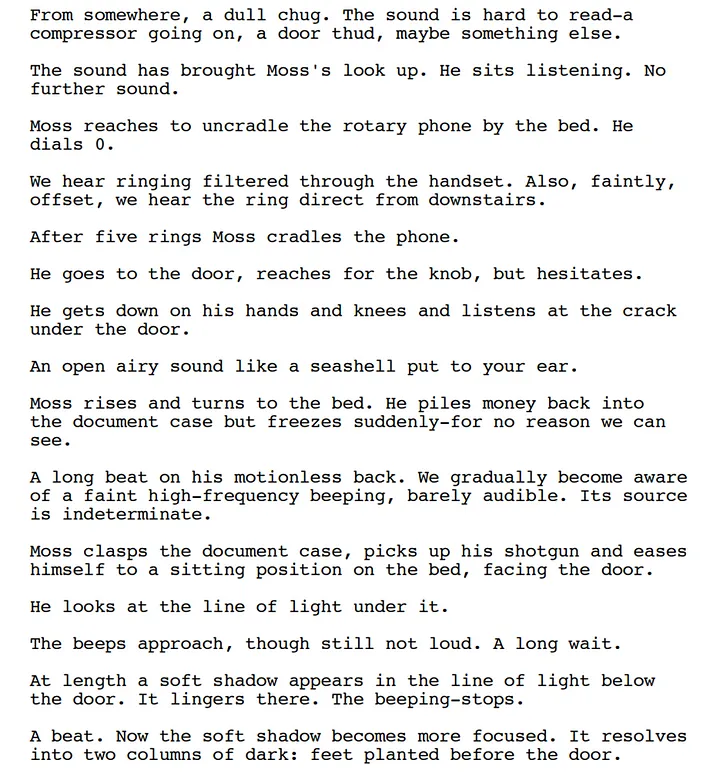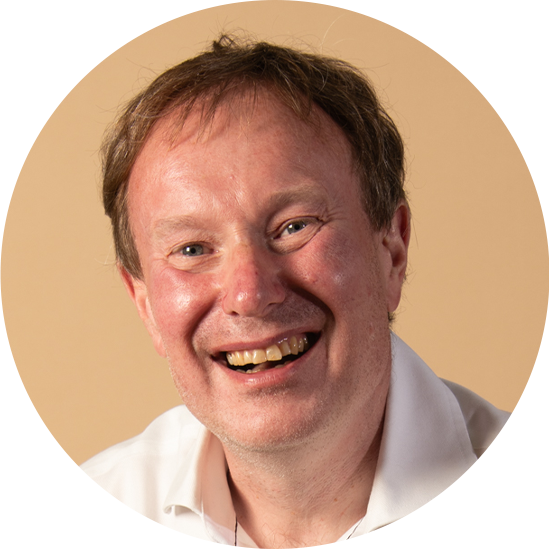Noisy the modern world, isn’t it?
I have been “city-folk” for most of my life and have resided in the mid-skirts of this sprawling London metropolis for over thirty years. There is an awful lot I love about living here — that quote from Samuel Johnson is parked in every Londoner’s head, including mine — but limited sanctity from the constant chatter and urban buzz can be a downside to the upside of never growing tired of life…..
There is a permanent ambient drone on my life’s soundtrack — people, phones, trains, appliances, foxes and chirruping birds. Right now, there is the persistent growl of distant cars. Quiet is a rarity in this sprawling burg.
Our movies seem to have grown noisier. Cinema seems to run in parallel with the morphing of the world’s great cities. Not only have they become bigger and baggier they are also more roisterous too.
Modern digital soundtracks seem layered exponentially to add all the noise available. Digital effects libraries on tap to add any sound at the touch of a button — complete with multi-spacial or surround sound. Blockbuster visuals are accompanied with orchestral perma-scores to heighten every emotion to the max.
A brief moment of nostalgia: the first short film I ever made in Super 8mm had just two layers of sound (one for the effects and another for a voice-over). There was no music: that was a budgetary decision — not a creative one! By the time I had graduated to 16mm, there were a total of six. Adding a sound-effect involved locking myself and the sound-guy in a studio (it was a cupboard with duvets and pillows to mute the sound) and foley over the missing FX that had not quite come out in the live track. There was enormous effort involved!
Analog technology, to some extent, made movies quieter. Pick a couple of random movies from the 40’s and compare them to those made more recently. They will almost certainly be less rowdy.
But this is not an argument for Luddism. A rage against the modern world. I’m all for the efficiency the digital realm offers. But just because you can quickly add something, there is perhaps more of an art in a decision to leave that extra sonic ingredient out.
That feels true with screenwriting too.
Aside from dialogue, “Sound” is often a neglected element in scripts. But it is a hugely important part in the creation of appropriate atmosphere in the story you’re being told. Many of the best scripts describe not just what characters see, but also what they hear. And a brief or sustained absence of noise can be a powerful and disarming tool.
Quiet and silence lie behind some of my favourite scenes in movie history. That moment in Raging Bull when the the sound in the ring mutes before LaMotta gets the mother of all beatings. The use of silence to heighten a sense that death lies just around the corner in Alien or The Birds. Or the brilliant quietening of the drums in Whiplash to heighten the emotional tension and ultimate release as Miles Teller perfects his drum solo. That sequence is shivers.
One particularly wonderful example features in the Coen Bros.’ fabulous No Country for Old Men. Chigurh has tracked down Moss in a motel room. This scene’s brilliance stems from how sonically muted the filmic experience is. The writing and directorial decisions are interesting, unusual. The use of quiet is all the more breathtaking — as this is an action sequence set in an urban environment. Noisy is default for towns and cities. The temptation must have been to make it loud — dial it all the way up to 11. Layer in the noise — get the heartbeats racing. More drums, more violins, more, more, more….
Here’s a clip. It’s an astounding sequence, but be warned it will make you want to watch/re-watch the whole movie!




